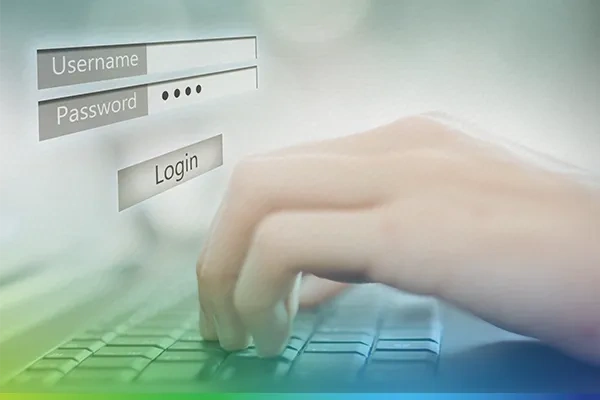4 Critical Features of Teller Capture
Published by Credit Union Times on April 11, 2014
By Andrew Tilbury
The majority of credit unions have fully embraced electronic cash letter processing by installing scanners in the back office of their branches. They capture items electronically using what the industry today calls “branch capture.” Today, the question on the minds of credit union executives is, “What are the opportunities to extract more value from my existing image-based item processing solution?” As a result, credit unions are looking to additional capture points, especially at the teller line, at the ATM, and with the smartphone. Expanding remote deposit capture capabilities will help to reduce transaction costs, improve service levels and boost employee productivity.
Teller capture is the primary focus for credit unions that are investing in new branch technology in 2014. Fraud reduction and shorter processing times intrinsic to teller capture mean that both employee productivity and member service improve.
However, not all teller capture solutions are created equal. Superficially, they provide similar features, but subtle differences in functionality can dramatically impact your total cost of ownership for these solutions. Even more important, these subtle differences can significantly impact member service levels at your credit union.
Below are four key features you should consider before investing in a teller capture solution.
Feature 1: Transaction Validation
Transaction validation automatically compares the check amount entered by the both teller and the amount read by the check scanner. Transaction validation provides a fail-safe against scanner misreads – which are common no matter what type of scanner is used – as well as human error.
If your credit union relies solely on either the scanner or the teller for validation, you open the door for trouble: simple data entry errors cause a domino effect that includes posting errors and exception processing headaches that last long after the deposit has been processed. You can substantially reduce the volume of Day 2 corrections when the teller manually enters the transaction amount and then the scanner validates that amount.
Feature 2: Cross-Channel Duplicate Detection
As remote capture points continue to grow in popularity, duplicates will become increasingly difficult to manage, both at the point of presentment and in clearings. Most teller capture solution providers offer duplicate detection, but only at the teller line.
For instance, if a teller accidentally scans the same check twice, the software will notify the teller on the second scan that item has already been scanned. However, what happens when a member deposits a check remotely using their smartphone and later inadvertently brings the same check to a branch for deposit?
Only a sophisticated solution that aggregates and cross-references check images from all capture points will be able to notify the teller that a duplicate is being deposited in real time. If you can eliminate duplicates at the teller line, you will reduce Day 2 adjustments, and improve member service at the teller line.
Feature 3: Scanner Support
What kind of scanners do you want to use? This is important, because the hardware cost of a teller capture solution is significant. Ask your vendor which scanner brands and models they support. You will likely want to invest in multiple scanner types. For example, tellers will need more robust scanners that can scan large batches of checks at high speed with minimal misreads. Member service representatives might need less expensive single-check scanners on their desktops for occasional transactions. You can lower costs if you can tailor scanner type based on employee role.
Feature 4: System Reliability
System downtime is a serious consideration for any member-facing technology. Most teller capture solutions are dependent on core processor uptime. However, what happens when your core processor experiences an outage? Unfortunately, tellers cannot scan checks and they must process deposits manually. Not only do operational costs skyrocket when work has to be entered after the core is restored, but it also negatively impacts members trying to make their deposits. Select a teller capture solution that can operate independently of the core in order to minimize service disruptions and to maintain member service levels.
Not all teller capture providers are created equal. Dig into specific system functionality and determine which solution offers the best match for your credit union’s needs. Take the time to research all of your options during the system search. You will reap the rewards of lower transaction costs, higher employee productivity, and better member service levels.
Read this article on Credit Union Times.

